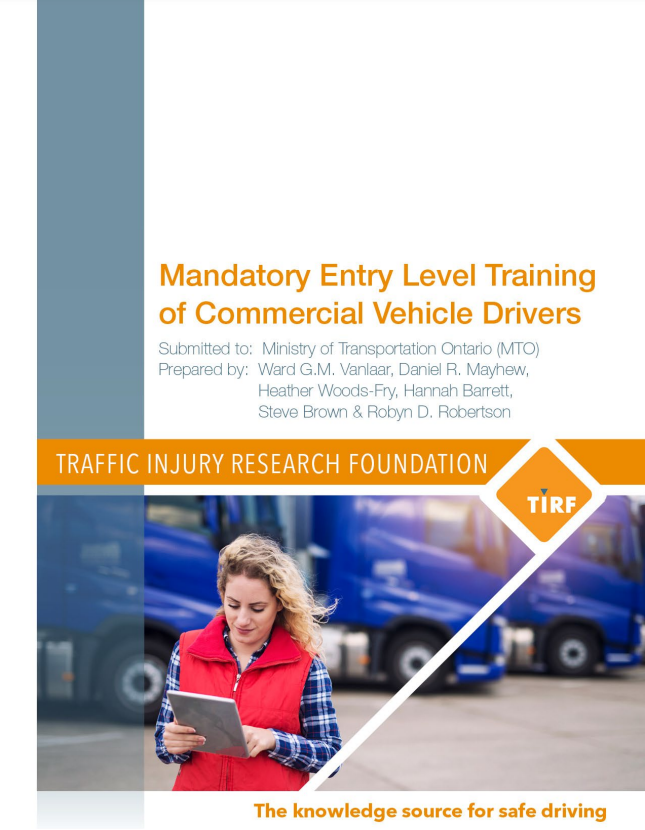This project was a partnership between Healthy People Rwanda (HPR) and the Traffic Injury Research Foundation (TIRF). The Global Road Safety Facility (GRSF) of the World Bank provided funds to support the study with funding from UK Aid.
Rwanda’s pioneering initiative as the first low-income country in Africa to implement a comprehensive national Automated Speed Enforcement (ASE) system provides a gateway for sharing important insights to address shared challenges in road safety. With limited resources, a high burden of road traffic injuries, and a collective commitment to improving road safety, Rwanda’s experience serves as a blueprint for other nations facing similar road safety challenges. The current project fills a gap in research, as no prior studies have assessed national automated speed enforcement implementation in African countries. Our multifaceted approach encompasses the description of ASE system implementation, experimental assessment of camera impact on speed outcomes, measurement of public experiences and perceptions, and an investigation into the effectiveness of ASE tools in reducing collisions.
The comprehensive report contains four important studies, each contributing vital insights. The first study delves into the national adoption and scale-up of automated speed enforcement in Rwanda, employing qualitative methods such as key informant interviews and focus group discussions. With this approach, the planning and implementation process is mapped and described. In addition, perceived successes were documented and areas for improvement were identified.
The second study presents a cross-sectional study evaluating the impact of ASE on motorist speeds and violations in Rwanda. Findings indicate a significant decrease in mean speeds, suggesting a positive influence on road user behaviour. The third study involves a national survey exploring public perceptions of ASE and road safety. The majority of respondents viewed speed cameras and citations as fair, emphasizing the importance of ASE for public safety.
The last segment utilized an interrupted time series analysis to assess the impact of ASE on road traffic crashes, injuries, and deaths from 2010-2022. It sheds light on the challenges faced in balancing research priorities with the police’s focus on ensuring safety and security.
Together, these studies provided a comprehensive understanding of the ASE implementation process, its impact, and public perceptions, contributing valuable insights for the improvement of road safety initiatives in LMICs.







